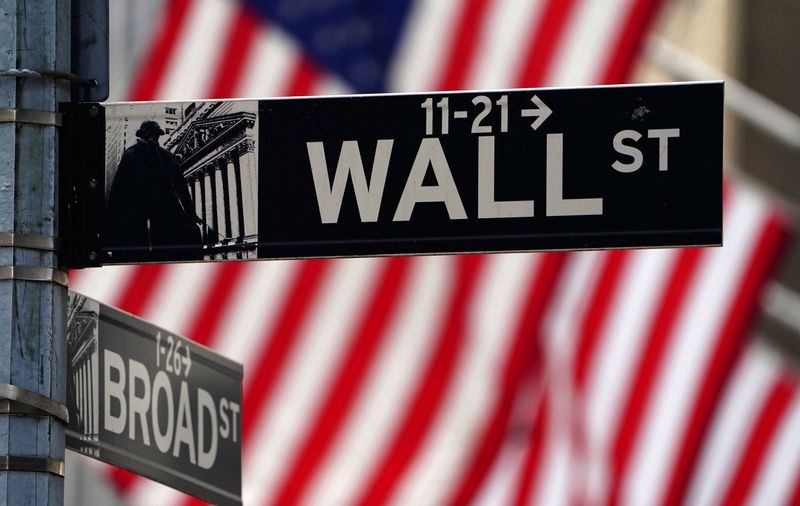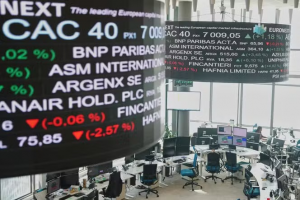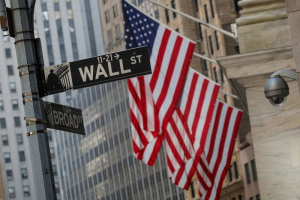Wall Street lost ground on Tuesday as investors closed the book on a remarkable year for equities, during which the U.S. stock market was powered to record highs by the twin engines of the artificial-intelligence boom and the U.S. Federal Reserve's first interest rate cuts in three-and-a-half years.
The three major U.S. stock indexes closed in negative territory, ending a languid, low-volume session that contrasted with the tumultuous year that preceded it.
2024 included intensifying geopolitical strife, a U.S. presidential election and shifting speculation regarding the path of Fed policy in the coming year.
"There’s no Santa Claus rally this week, but investors received the gift of gains in 2024," said Greg Bassuk, chief executive officer at AXS Investments in New York. "2024 was a massive year for equity gains driven by a trifecta of the AI explosion, a slew of Fed interest rate cuts and a robust U.S. economy."
"It sets the stage for continued strength heading into 2025," Bassuk added.
For 2024, the Nasdaq surged 28.6%, while the bellwether S&P 500 notched a 23.3% gain, marking the index's best two-year run since 1997-1998.
The blue-chip Dow posted a 12.9% advance for the year.
Among the 11 major sectors of the S&P 500, communication services, technology and consumer discretionary were 2024's big percentage gainers, jumping between 29.1% and 38.9% on the year.
Healthcare, real estate and energy were the only sectors that registered single-digit gains, while the materials sector was the sole 2024 decliner, dropping nearly 1.8%.
For the fourth quarter, the Nasdaq jumped 6.2%, while the S&P 500 advanced 2.1%. The Dow eked out a 0.5% gain for the October-December period.
The Dow Jones Industrial Average on Tuesday fell 29.51 points, or 0.07%, to 42,544.22, the S&P 500 lost 25.31 points, or 0.43%, to 5,881.63 and the Nasdaq Composite lost 175.99 points, or 0.90%, to 19,310.79.
Looking ahead to 2025, financial markets are now pricing in about 50 basis points of additional interest rate cuts from the Fed, with investors eying stretched valuations and uncertainties surrounding tax and tariff policies from the administration of President-elect Donald Trump.
"Investors should be cautious regarding the impact of the incoming Trump administration and how that affects certain sectors," Bassuk said, adding that "the instability driven by geopolitics, specifically the Russia/Ukraine war and continued strife in the Middle East could trigger consternation" in companies and sectors with ties to the affected regions.
Bassuk believes the AI boom still has room to grow.
"Valuations have become lofty amid the stock run up, but because we believe that the growth in AI is set to continue and move beyond hardware to software in a massive way across most sectors," he added.
Advancing issues outnumbered decliners by a 1.3-to-1 ratio on the NYSE. There were 52 new highs and 125 new lows on the NYSE.
On the Nasdaq, 2,013 stocks rose and 2,336 fell as declining issues outnumbered advancers by a 1.16-to-1 ratio.
The S&P 500 posted 2 new 52-week highs and one new low while the Nasdaq Composite recorded 43 new highs and 71 new lows.
Volume on U.S. exchanges was 14.59 billion shares, compared with the 14.81 billion average for the full session over the last 20 trading days.













